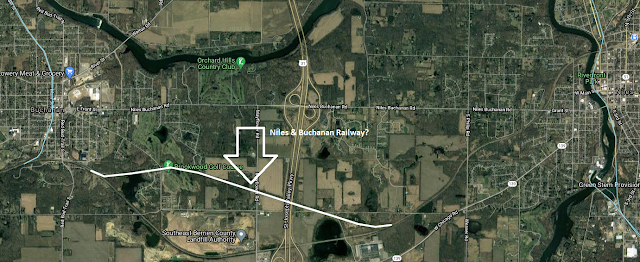All Roads Lead to Normantown

Growing up in northern Will County, I noticed there was both a north-south and east-west road named Normantown, except that they didn't meet or intersect in any appreciable way, as far as I could tell at least. After doing a bit of research, I'd discovered that Normantown was a stop on the EJ&E Aurora Branch , and was located at the junction between the Aurora Branch and the mainline, and that these two roads sort of met, as the N-S Normantown Road ran through the area, while once could easily trace 127th Street to the present-day E-W road. I find this fascinating because I can not think of an example where two other unrelated roads are named for such an obscure area, so that's what we're going to explore today. 1962 USGS Normantown Map Normantown is still shown on some maps, but apparently was never more than a stop on the line , and never developed into a village. Today, the area is part of the Village of Plainfield , although some properties are unincorporated. ...




